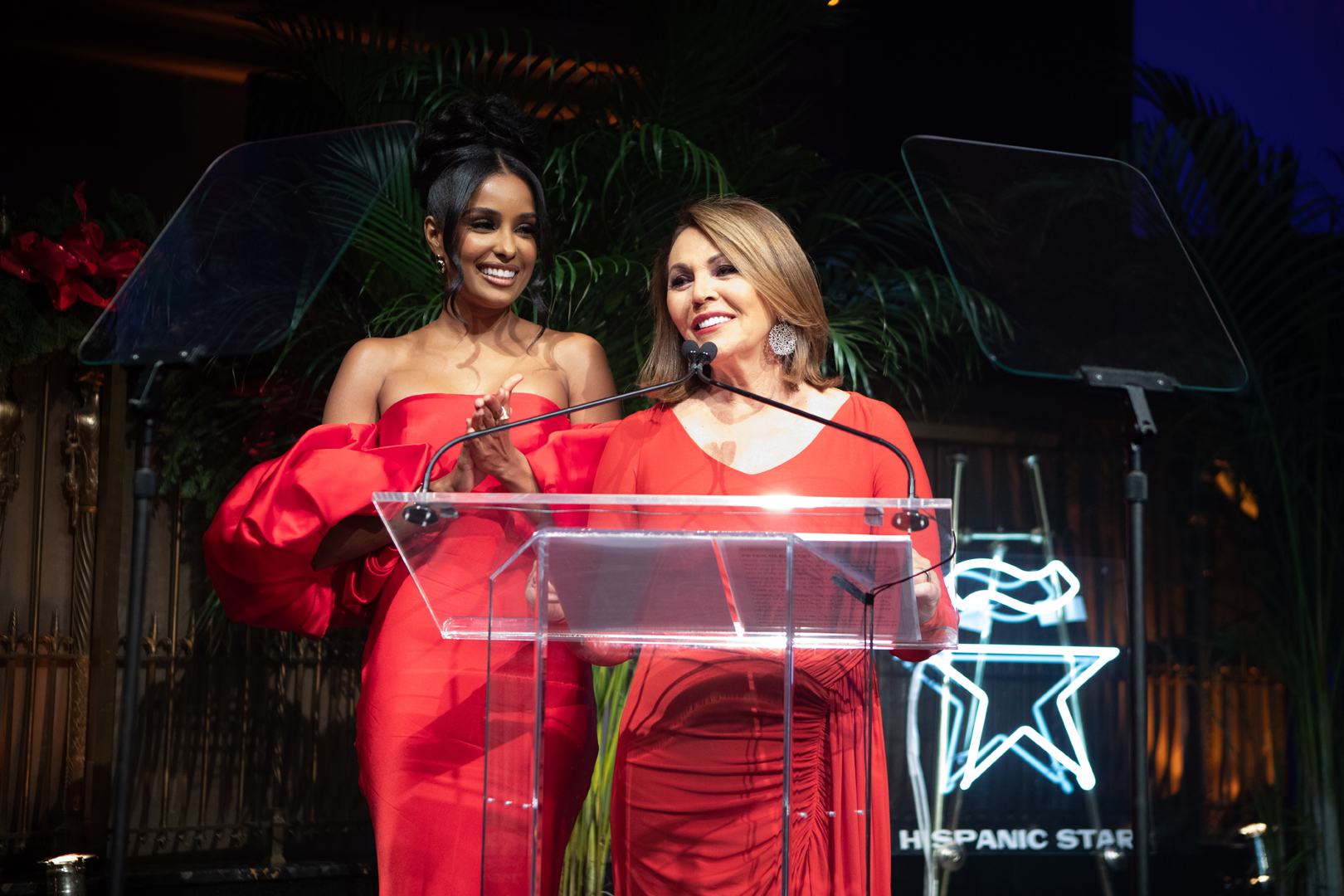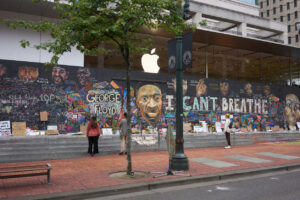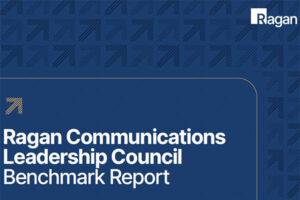Breaking through the monolith: What the Hispanic Leadership Summit reminds us about multicultural comms
How understanding the nuances can make for stronger multicultural strategies in 2024.

Fabiana Meléndez Ruiz is a Venezuelan-American communications expert and strategic storyteller. She is the founder & CEO of Refuerzo Collaborative, a Latina-owned communications agency creating holistic, multicultural, and dynamic strategies so clients can find their truth, increase their impact, and sustain brand growth.
Last month, 750 Latino leaders gathered at the United Nations Headquarters for the Hispanic Leadership Summit, a 1.5-day event that asks one question: What unites us? Amid inspirational words from figureheads like civil rights leader Dolores Huerta and Juan Andrade, president of the United States Hispanic Leadership Insitute (USHLI), much of the conversation was centered around data.
Most of these figures aren’t surprising if you’re a member of the Latino community. For example, if Latinos in the United States formed their own country, it would have the 5th highest GDP in the world – outpacing countries like the United Kingdom and France. It doesn’t stop there, either – Latinos have a spending power of $3.5 trillion and a combined income of $2.5 trillion in the United States.
However, when we look at representation, there is still a major gap between the impact of the Latino community and the way it’s underrepresented or misrepresented in media, books, etc. When it comes to marketing campaigns, this discrepancy is even starker, when it comes to advertising only 6% of the industry investment goes towards targeting Latinos despite the community making up 18.9% of the United States population. This should matter to marketers, because by 2060, 1 in 4 Americans will be Latino.
The issue goes beyond inclusion. For decades, communicators have used “total market” strategies to target the Latino community. The problem with these is that they use broad strokes tactics to market to a population that is made up of over 20 countries, each with its own dialect, culture and lived experience.
Ultimately, it boils down to this: the Latino community has been ignored for a long time, and communicators have yet to close the gap. We are messaging Latinos as if the group were a monolith, but there are many factors to consider.
As communicators look toward 2024, how can you utilize the data and create campaigns that account for the nuances within the Latino community?
Agencies need to put in the work
Many existing campaigns target one particular segment of the Latino population. In Texas, for example, most campaigns are targeted to Mexican-Americans, but it ignores that there is also a thriving Salvadorian presence. When you are tasked with composing a campaign that targets Latinos, you need to ask for more robust data – or establish a framework so that you can get those answers.
Which communities are present in the areas a client or executive at your organization wants to target? Where are these different communities converging and how can we best reach them? The brand may need to create three TV spots highlighting the product with a Mexican family, one with a Salvadorian family, and one with a Colombian family because – depending on the culture and dialect – they may engage with the brand in different ways.
It may seem like more work, but it will engage with communities in a way that tells their particular story. And, when Latinos see themselves represented, they are 83% more likely to feel more favorably towards the brand and are 84% more likely to become a customer.
Authenticity will always be key
Like many communities, Latinos know when they’re being pandered to. If you want to make a positive impact and make them part of the narrative, you need to engage authentically.
Austin FC is a great example of a brand that engages authentically with the Latino Community in Austin. It understands that fútbol isn’t just a hobby, it’s a way of life for a city that is 32% Latino. The team understands this so deeply that most of the club’s marketing efforts are actually in Spanish.
Authenticity in communications is about having a true passion and understanding for the communities you want to target. Your goal shouldn’t just be to create campaigns that will sell the product, you want to create campaigns that deeply engage with the community and build a sense of trust and understanding.
It starts from within
If you want to reach Latinos, you need to engage with Latinos. Focus groups are nice, but they aren’t enough. You need to hire from the community and broaden the lens through which you hire so you can engage with nontraditional hires. Latinas tend to drop out of the workforce at three times the rate as their white counterparts. However, Latinas are also adept at juggling many things at once.
Instead of seeing the gap on the resume as an issue, look at their time spent as a stay-at-home mom through the lens of them doing project management work. In the same way that we need to consider nuance when we communicate with the community, you need to have the same consideration when you look to fill the talent pipeline.
Ultimately, as we prepare to engage in the New Year, we need to ensure that we connect with communities in an intentional way. Communicators must work within their brands, organizations and agencies to ensure that diversity is embedded within the DNA of every campaign while also ensuring that campaigns tie back to institutional goals and executive benchmarks.
Learn more about these and other relevant DE&I topics by joining us at Ragan’s Certificate Course on Jan. 17, Jan. 24 and Jan. 31.







I love this article. Thank you for sharing it! This is solid wisdom to bring back to my own DEI committee.